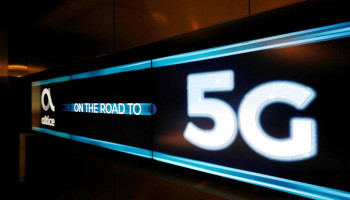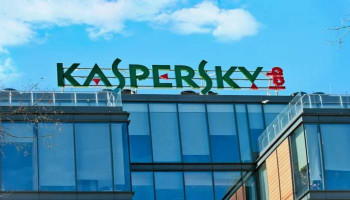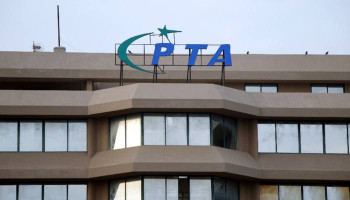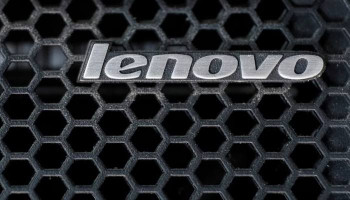
An undated image. — Amazon
Amazon's Starlink competitor, Amazon Kuiper, has been rebranded as 'Leo' while directly competing with Elon Musk’s SpaceX, a move expected to intensify competition in the realm of satellite internet service.
This change marks Amazon's shift towards commercial expansion and profitability, moving away from its previous focus on providing broadband access to underserved regions.
Kuiper's new name, 'Leo,' reflects the service's reliance on low Earth orbit (LEO) satellites. Since its inception in 2019, Amazon has launched approximately 150 LEO satellites and deployed around half of them using SpaceX rockets.
The e-commerce giant is planning to take its satellite count to over 3,200 in a bid to enhance service coverage and quality to secure a winning edge against Starlink, which is currently operating more than 9,000 satellites.
Despite being a newcomer in the satellite internet service, Leo proclaims to have an advantage in speed, stating that it offers maximum speeds of 1 gigabit per second (Gbps) for large corporate terminals. This extraordinary speed delivery outpaces Starlink’s hundreds of megabits per second (Mbps).
It must be noted that US low-cost airline JetBlue opted for Amazon’s service over Starlink for its in-flight Wi-Fi, and renowned aviation firms like Airbus are also securing contracts with Amazon.
During the rebranding, Amazon removed the phrase “low-cost internet provision” from its website, suggesting an inclination towards revenue generation with seemingly a bit higher prices.
The shift points to concerns regarding potential changes in consumer pricing policies as Leo is moving closer to greater commercial success.
















